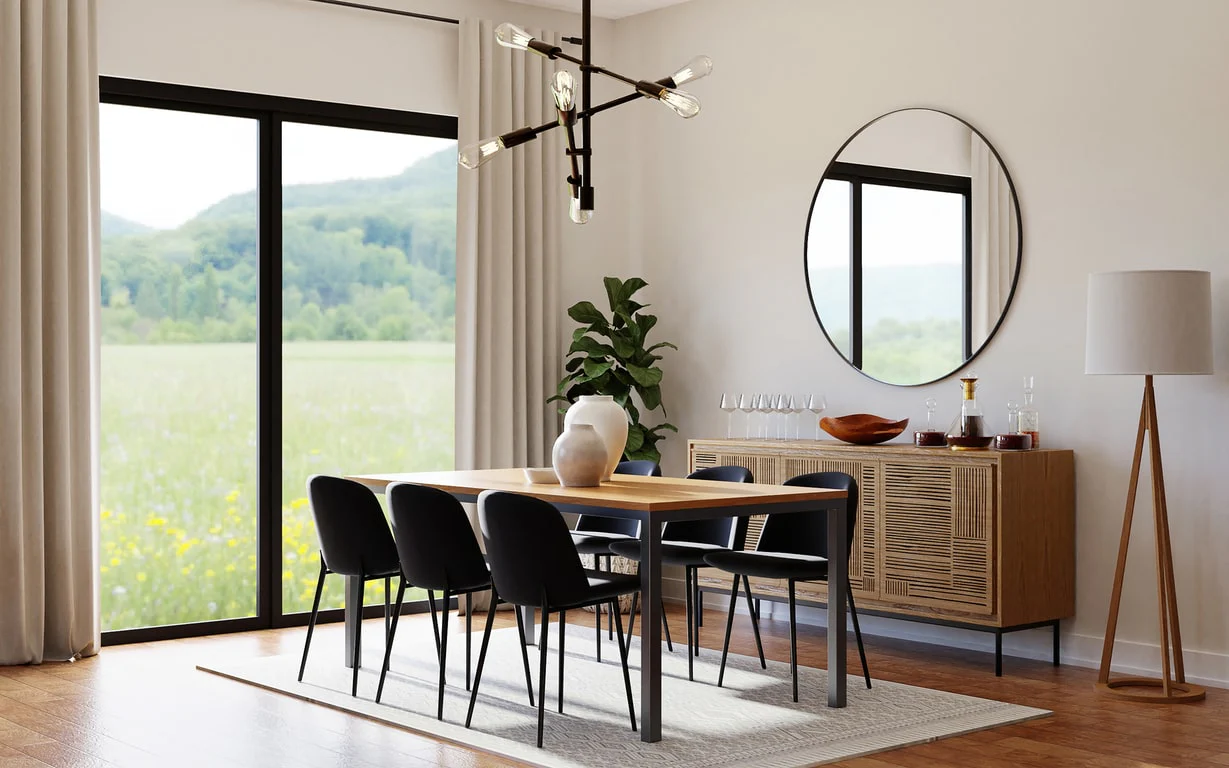Gallery Mirror Guide: How To Choose The Perfect Piece
Gallery mirrors are an essential component of any art space, providing not only a functional purpose but also adding a decorative and aesthetic element to the overall design of the gallery. These mirrors serve as a means to showcase artwork in different angles and perspectives, allowing viewers to see the pieces from various vantage points.
Gallery mirrors can also create the illusion of space and depth within an art gallery, enhancing the overall visual appeal of the artworks on display. Whether they are large floor mirrors, wall-mounted mirrors, or intricate framed mirrors, these reflective surfaces play a crucial role in enhancing the viewing experience for visitors and artists alike.
The Versatility of Gallery Mirrors
Gallery mirrors are not just passive objects within an art space; they play an active role in shaping the viewer’s experience. By strategically placing mirrors around the gallery, curators can create a dynamic environment that encourages visitors to engage with the artwork from different perspectives. Additionally, these mirrors can reflect natural light, illuminating the space and highlighting specific pieces. The gallery miiror becomes a tool for enhancing the ambiance and atmosphere of the exhibition, making it a versatile element in the overall design.
Enhancing Artistic Expression with Gallery Mirrors
Artists themselves can also benefit from the presence of gallery mirrors in their creative process. Seeing their work reflected back at them can provide new insights and perspectives on their pieces. It allows artists to view their artwork in a different light, quite literally, leading to discoveries and breakthroughs in their own artistic expression. The gallery miiror is not just a passive spectator; it actively engages with the artists, enriching their relationship with their work and pushing them to explore new possibilities in their practice.
In conclusion, gallery mirrors are not just functional necessities but also integral elements in the artistic and aesthetic experience of an art space. Their versatility in creating illusions of space, enhancing lighting, and providing different perspectives for viewers make them a crucial component in the overall design of a gallery. Moreover, artists can benefit from the presence of mirrors in exploring new ideas and pushing the boundaries of their artistic expression. The interplay between artwork and gallery mirrors adds depth and dynamism to the exhibition space, enriching the visual experience for all who visit.


